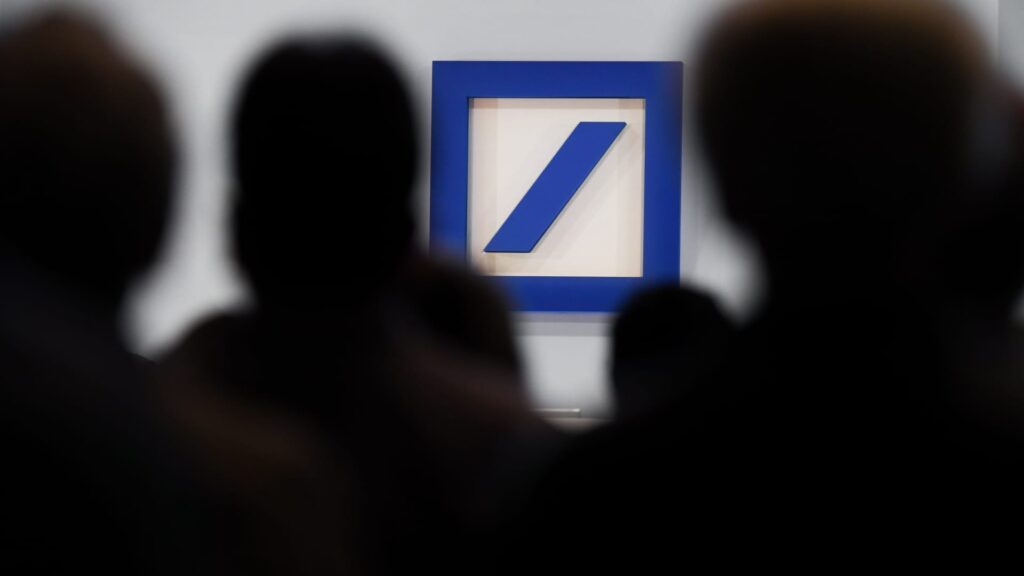A general meeting of Deutsche Bank
Arne Dedert | picture alliance | Getty Images
Deutsche Bank shares slid Friday while the cost of insuring against its default spiked, as the German lender was engulfed by market panic about the stability of the European banking sector.
However, many analysts were left scratching their heads as to why the bank, which has posted 10 consecutive quarters of profit and boasts strong capital and solvency positions, had become the next target of a market seemingly in “seek and destroy” mode.
The emergency rescue of Credit Suisse by UBS, in the wake of the collapse of U.S.-based Silicon Valley Bank, has triggered contagion concern among investors, which was deepened by further monetary policy tightening from the U.S. Federal Reserve on Wednesday.
Central banks and regulators had hoped that the Credit Suisse rescue deal, brokered by Swiss authorities, would help calm investor jitters about the stability of Europe’s banks.
But the fall of the 167-year-old Swiss institution, and the upending of creditor hierarchy rules to wipe out 16 billion Swiss francs ($17.4 billion) of Credit Suisse’s additional tier-one (AT1) bonds, left the market unconvinced that the deal would be sufficient to contain the stresses in the sector.
Deutsche Bank underwent a multibillion euro restructure in recent years aimed at reducing costs and improving profitability. The lender recorded annual net income of 5 billion euros ($5.4 billion) in 2022, up 159% from the previous year.
Its CET1 ratio — a measure of bank solvency — came in at 13.4% at the end of 2022, while its liquidity coverage ratio was 142% and its net stable funding ratio stood at 119%. These figures would not indicate that there is any cause for concern about the bank’s solvency or liquidity position.
German Chancellor Olaf Scholz told a news conference in Brussels Friday that Deutsche Bank had “thoroughly reorganized and modernized its business model and is a very profitable bank,” adding that…
Read the full article here





